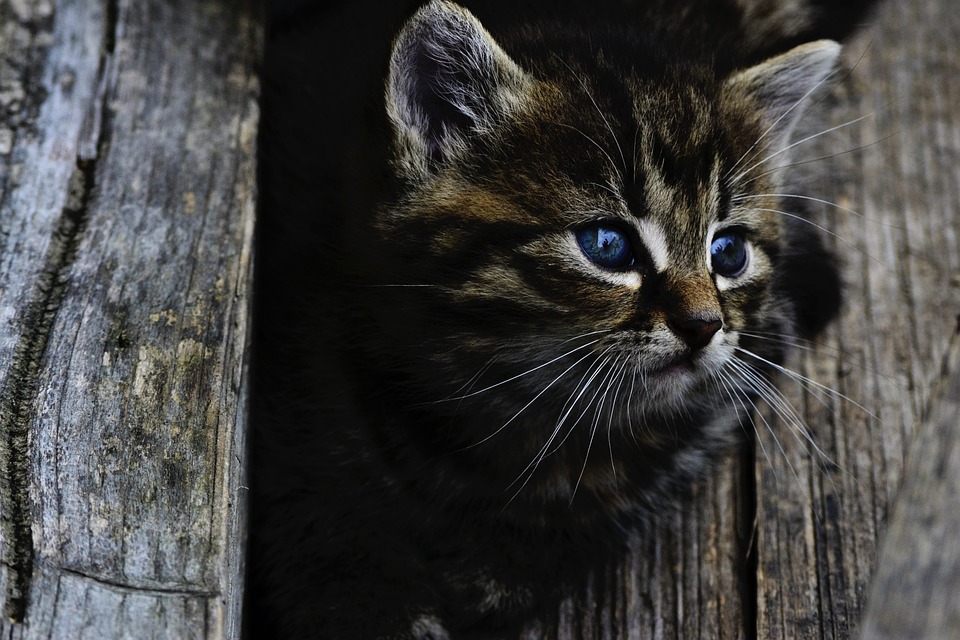Urinary issues in kittens can be a cause for concern among pet owners. Understanding the common urinary problems that kittens may experience and implementing proper management strategies are crucial for their health and wellbeing. This article aims to provide an informative guide on recognizing, preventing, and treating urinary issues in kittens. Additionally, we have included a FAQs section to address common queries related to this topic.
Common Urinary Issues in Kittens:
Urinary Tract Infections (UTIs):
1. Symptoms and signs of UTIs in kittens: Some common signs of UTIs in kittens include frequent urination, straining to urinate, blood in the urine, and urinating outside the litter box.
2. Causes of UTIs in kittens: UTIs in kittens can be caused by bacterial infections, bladder stones, or anatomical abnormalities.
3. Prevention and treatment of UTIs in kittens: Encouraging proper hydration, maintaining good litter box hygiene, and providing a balanced diet can help prevent UTIs. If a UTI is suspected, a veterinarian should be consulted for proper diagnosis and treatment.
Feline Lower Urinary Tract Disease (FLUTD):
1. Understanding FLUTD in kittens: FLUTD is a collective term for a variety of urinary conditions that can affect kittens. These conditions may include urinary blockages, bladder inflammation, or urinary crystals.
2. Identifying the signs and symptoms of FLUTD: Signs of FLUTD in kittens can include frequent urination, straining to urinate, blood in the urine, and excessive grooming of the genital area.
3. Managing FLUTD through diet and environmental changes: A veterinarian may recommend a special diet for kittens with FLUTD to prevent crystal formation and promote urinary health. Environmental changes, such as reducing stress and providing multiple litter boxes, can also help manage FLUTD.
Crystals in the Urine:
1. Types of crystals commonly found in kitten urine: Calcium oxalate and struvite crystals are the most common types found in kitten urine.
2. Detecting crystal presence in urine: A veterinarian can perform a urinalysis to detect the presence of crystals in a kitten’s urine.
3. Treatment and prevention strategies for crystal formation: Treatment may involve dietary changes, increased water consumption, and, in some cases, medication. Preventing crystal formation can be achieved through proper hydration and a balanced diet.
Management Strategies for Urinary Issues in Kittens:
Adequate Hydration:
1. Importance of water intake for urinary health: Sufficient water intake helps flush out bacteria and toxins from the urinary tract.
2. Encouraging kittens to drink more water: Providing fresh water at all times and using water fountains can encourage kittens to drink more water.
3. Using water fountains or wet food to increase water consumption: Water fountains and wet food can help increase a kitten’s water intake.
Appropriate Diet:
1. The role of diet in maintaining urinary health: A balanced diet with proper nutrition and pH balance is essential for maintaining urinary health in kittens.
2. Choosing cat food with proper nutrition and pH balance: Look for cat food specifically formulated to support urinary health.
3. Discussing dietary changes with a veterinarian: Consulting a veterinarian can help determine the best diet for a kitten with urinary issues.
Litter Box Hygiene:
1. Importance of a clean litter box: A clean litter box helps prevent bacteria buildup, which can contribute to urinary problems.
2. Choosing the right litter for kittens with urinary issues: Some types of litter may be more comfortable for kittens with urinary issues. Consult a veterinarian for recommendations.
3. Providing multiple litter boxes for multi-cat households: Each cat should have access to their own litter box to minimize stress and reduce the likelihood of litter box accidents.
Stress Reduction:
1. Understanding stress as a potential trigger for urinary problems: Stress can contribute to urinary issues in kittens. Identifying and reducing stressors can help manage these problems.
2. Creating a calm and comfortable environment for kittens: Providing a safe and stress-free environment can help prevent urinary issues.
3. Implementing playtime and stress-reducing activities: Regular playtime and stress-reducing activities can help alleviate stress in kittens.
FAQs (Frequently Asked Questions):
Q1. How can I tell if my kitten has a urinary tract infection (UTI)?
A: Common signs of UTIs in kittens include frequent urination, straining to urinate, blood in the urine, and urinating outside the litter box. If you suspect a UTI, consult a veterinarian for proper diagnosis and treatment.
Q2. Are male kittens more prone to urinary issues?
A: Male kittens are more prone to urinary blockages due to their narrower urethras. However, urinary issues can affect both male and female kittens.
Q3. Can diet alone prevent urinary issues in kittens?
A: While a balanced diet is essential for urinary health, it may not completely prevent urinary issues. Other factors, such as hydration and stress reduction, also play a role.
Q4. Should I be concerned if I notice blood in my kitten’s urine?
A: Blood in a kitten’s urine can be a sign of various urinary issues and should not be ignored. Consult a veterinarian for proper diagnosis and treatment.
Q5. Is it normal for kittens to have occasional litter box accidents?
A: Occasional litter box accidents can happen, but if they become frequent or are accompanied by other urinary issues, it may indicate a problem. Consult a veterinarian for guidance.
Conclusion:
Being aware of common urinary issues in kittens and adopting effective management strategies is crucial for their overall health and quality of life. By providing a suitable environment, proper hydration, and a well-balanced diet, pet owners can help prevent and manage these issues. If any concerns arise or symptoms persist, consulting a veterinarian is always recommended to ensure the best possible care for your furry friend.








